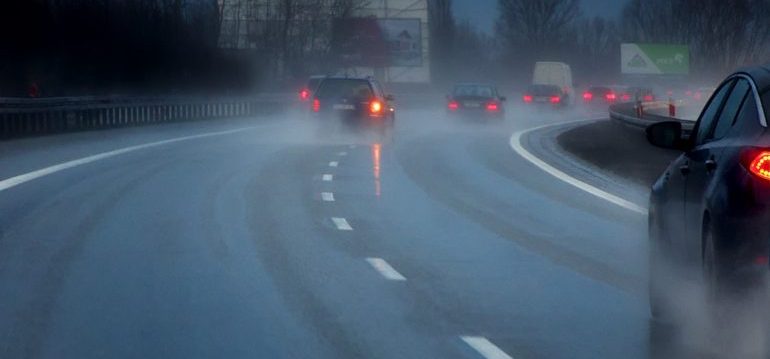The automotive printed circuit board (PCB) market is already expanding rapidly, thanks largely to reduced hardware costs, but over time we are likely to see more electronics being fitted into both new and second-hand vehicles, which will drive further growth. Consequently, the global automotive PCB market is expected to reach more than $14 billion during 2018-2024 according to a new report available from ResearchAndMarkets.com.
We also anticipate this market will continuing to expand in the future. Features like rear-facing cameras and automated parking are becoming standard. Markets for applications from vehicle lighting and safety to powertrain components and interiors are all maturing – and the growth this brings will drive further expansion in automotive PCBs.
Consumer expectations of the reliability and safety of these components are increasing too. In part, this is driven by manufacturers looking to differentiate around the reliability and safety of vehicles. The arrival of autonomous vehicles on our streets will serve to raise the reliability and safety stakes and the need for more reliable PCBs – even further.
We are already seeing stringent standards in place governing automotive PCBs: from IPC-6011 which defines the generic performance specifications for PCBs to AEC Q100, which delivers failure test qualifications for integrated circuits. Moreover, product recalls in the automotive industry are expensive, which further pushes the need to ensure PCB vendors deliver maximum performance and reliability. Additionally, the need to protect the PCB rises with the number on each car.
Modern vehicles are designed with increasing numbers of electronic components which are vital to their day-to-day function. As more electronic components become integral to vehicles, there is a growing requirement to improve the reliability of component: effectively to match the dependability of more traditional, less electronics-dependent vehicles, which have fewer points of failure, by protecting the PCBs from damage. In pursuing this aim, manufacturers put an ever-higher premium on the integrity and lifespan of PCBs.
All this is enough to make the need to protect boards an imperative for any automotive manufacturer. Yet, the trend to miniaturisation of components makes achieving this protection ever more challenging. It is, therefore, becoming increasingly important that manufacturers integrate the latest water protection methods to protect these components and help ensure longevity.
Unfortunately, there are weaknesses with current water protection methods. The most commonly used are conformal coatings, which struggle to protect the entire PCB. Connectors cannot be protected as the coating is too hard and thick. Spray coatings, brush coatings and CVD (chemical vapour deposition) coatings also age poorly, cracking and delaminating over time. Gaskets and sealed enclosures are commonplace modes of protection. However, they tend to deteriorate through vibration and natural aging.
These traditional approaches to water protection also struggle to manage miniaturised boards. This is a big problem given the trends we see today. More components and functions being added into cars inevitably leads to a reduction in the space available for each circuit board, and therefore also to a focus on miniaturisation. This often makes protecting the boards more difficult. Moreover, the more densely packed the PCBs inside a console or engine, the less space there is for physical seals.
Finally, more PCBs mean more connectors for communication. As these cannot be protected by traditional conformal coatings, they are often poorly protected, or need mechanical seals built into the connectors themselves.
Finding a Way Forward
Today we see nano coatings emerging as the ideal solution to these challenges. Typically, they are ultra-thin. By applying them, instead of thicker coatings, manufacturers avoid the problem of underfill behind the board. They can protect every part of the PCB including connectors and they do not crack and delaminate with age. The coating is chemically bonded to the surface of the PCB, meaning that it becomes part of the product and will last for the board’s lifetime.
From the miniaturisation perspective, nano coatings don’t have the same challenges with space limitations that traditional sealants have. Today, the use of nano coatings is growing as an effective way to protect PCBs. Given the increasing integration of electronics with vehicles and continuing technical innovation in the field of nano coatings, we can expect the use of nano coatings in the automotive industry to continue to increase.
To find out more information on how we can help you meet your automotive manufacturing waterproofing requirements please contact us directly.

